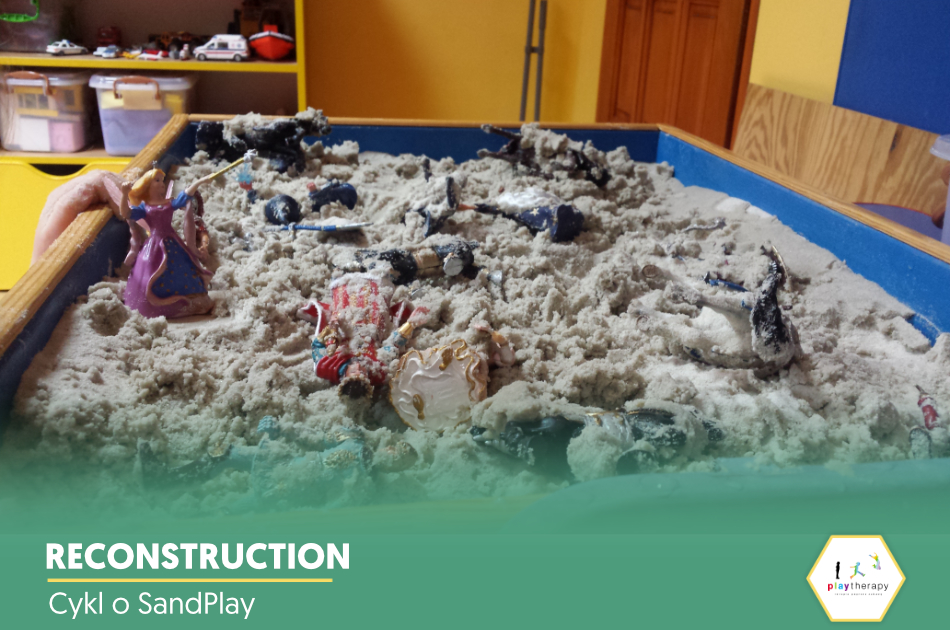For which clients is the Sandplay method recommended?
We very much like to read about indications for some form of therapy, treatment. Probably because an indication is already a form of diagnosis, and the diagnosis becomes the basis for therapy. Therapy becomes a further diagnosis. On the other hand, reading indications gives hope to the therapist/parent that he/she will eventually find something suitable for the chosen client/child.
The process of diagnosing children requires an enormous amount of clinical experience, solid knowledge and an almost perfect ability to observe behaviour, to give meaning to behaviour. Of course, an open heart towards the child is an indispensable basis for achieving the skills indicated above.
The reason I am writing about all this is that when it comes to child therapy, the mind may tell us one thing and the emotions may tell us another. It is therefore useful to be aware of both. Sandplay makes it considerably easier for the therapist to see and feel the child's problems by observing the images created by the child in the sandpit and by observing the movements that accompany this process.

For which clients is Sandplay recommended?
Let's move on to the indications - the above introduction was intended to show the versatility of the Sandplay tool, a tool that makes it possible to talk even when it is not possible: after trauma (traumatic experiences are encoded in the brain and in the body, so therapy should also be sensory-based), in bereavement, in depression, with periodic disorders, e.g. emotional disorders lasting for years. I have included a more detailed list of indications below:
- Asperger's syndrome
- autism
- delayed development of communication skills
- delayed speech development
- delayed emotional development
- delayed social development
- reduced hearing ability, deafness
- reduced social functioning
- impaired communication skills (speech disorders, stammering)
- reduced mobility
- cerebral palsy
- reduced psycho-physical fitness due to somatic illnesses
- Relationship formation and communication disorders
- social anxiety disorder
- depression
- affective disorders
- separation anxiety disorder
- adjustment disorders
- anxiety disorders
- disorders of expression of emotions
This list does not exhaust the possibilities of Sandplay. My youngest client who reached into the sandpit was less than three years old. He went into the sandpit, located on the floor, and sat in the sand. At first he started to play only with the sand, then he came out of the sandbox and started to carry various objects into it. His mother said it was the first time he had played so calmly. It seems that he needed to experience the sandbox, the boundaries and then only started to use the figures.
Another example of sandbox therapy concerns a 5-year-old girl. Her trial ended in disclosure. You know yourselves what happens afterwards according to the law.
Sandbox therapy - Therapy without words
In word-based therapy we often ask: "How do you feel about this?". We expect clients to verbalise their pain and frustration in order to process the issues and begin to heal. Is this necessary? Clients of all ages may not be able to express their stories and accompanying pain through verbalisation alone. This applies to children, it applies to adolescents, it also applies to adults. Why use Sandplay therapy with such clients? I will talk about this in the next post in our series on Sandplay.
Do you have any questions? Contact us.
PLAY THERAPY POLAND
Piłsudskiego 4A / lok.2 (I floor)
05-077 Warszawa
